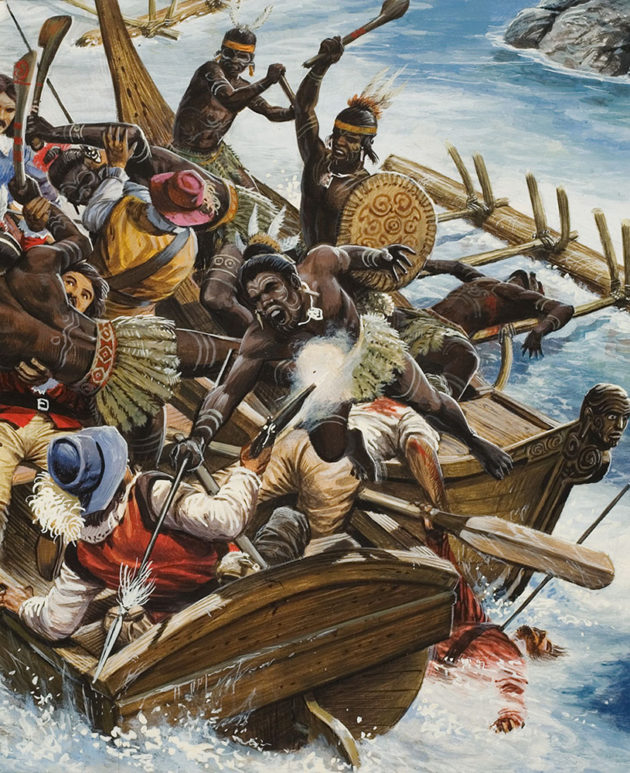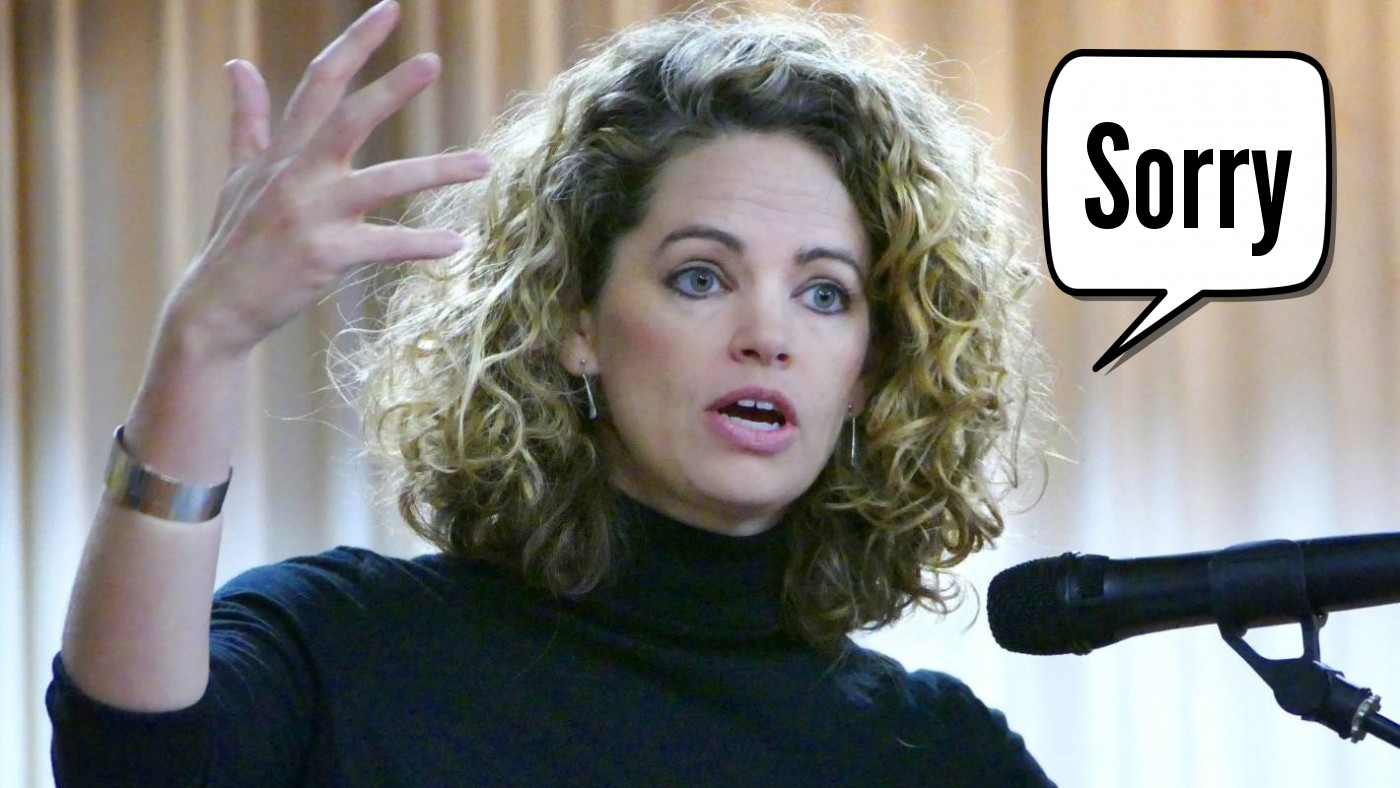History being made (up) in Gisborne today – the Brits are going to apologise for Captain Cook arriving on the East Coast and defending his men from the warrior like natives.
I am sure we will learn that Captain Cook was an evil bastard who left England with the principal purpose of finding natives in the south seas he could have murdered. Studying Venus was just a ruse to hide his true intent.[…]
Blockhead
So what actually happened that fateful day in Gisborne? The Stuff article leaves out the context and circumstances of the clash completely. It describes what happened as “atrocities” and only describes what happened to the Maori Warriors, not what happened to Cook’s men. Below is a description of what happened, based on written accounts from the journals of Captain James Cook, Botanist Joseph Banks, naturalist Daniel Solander and Charles Green from the Greenwich Observatory.
On 8th October the Endeavour sailed into a bay, and laid anchor at the entrance of a small river in Tuuranga-nui (today’s Poverty Bay, near modern Gisborne). Cook named a peninsula in this bay “Young Nick’s Head” after Nicholas Young.
Noticing smoke along the coast, an indication that the country was inhabited, Cook and a group of sailors headed for shore in two small boats, hoping to establish friendly relations with the
natives, and to take on refreshments. Four sailors were left to guard one of theboats, but were surprised by the sudden appearance of four Maori brandishing weapons. When one Maori lifted a lance to hurl at the boat, he was shot by the coxswain.
Cook’s party returned to the Endeavour, and the next day came ashore once again, accompanied by Tupaia. Some Maori were gathered on the river shore, and communication was made possible as Tupaia’s language was similar to that of the Maori. Gifts were presented, but the killing of the day before had left the Maori hostile. When one Maori seized a small cutlass from one of the Europeans, he was shot.
That afternoon Cook would have attempted a further landing, but heavy surf made this impossible. On noticing the appearance of two canoes, Cook planned to intercept them by surprise, with the idea of taking the occupants prisoner, offering them gifts, gaining their trust and then setting them free.
However, the canoe occupants noticed the arrival of one of the Endeavour’s small
boats, and attacked as it approached. The Europeans, firing inself defence , killed or wounded three or four Maori. Three other Maori who had jumped overboard were picked up by the Europeans, and taken on board the Endeavour. They were offered gifts, food and drink, and soon overcame their fear. Communication was possible via Tupaia, and the next day the three Maori were taken back to shore, where their armed kinsmen were waiting. There was no violence on this occasion.
Cook however, upset by the killings which had already taken place, decided to leave this area. He gave it the name Poverty Bay, as he had been unable to take on refreshments.
history-nz.org/discovery2.html
Compare that historical account of what happened to Stuff‘s version. Do you think that “atrocities” is an accurate description of the deaths that occurred?
Gisborne iwi are set to receive an apology this afternoon from the British High Commissioner for the Maori killed when James Cook arrived in 1769.
Laura Clarke will deliver an expression of regret to Rongowhakaata and other local iwi on behalf of the British government.
Clarke will deliver the apology at Whakato Marae.
In a statement posted on its Facebook page the Rongowhakaata Iwi Trust says the ceremony is to acknowledge the hara or atrocities committed 250 years ago.
A number of Maori warriors including at least one chief were killed by Cook’s men during their first meetings in early October.
[…] Gisborne’s outgoing mayor and the new Race Relations Commissioner, Meng Foon, said an official apology from the British government was very significant and he hoped it would help heal the relationship.
“It’s time for this apology.”
Stuff
The background to what happened in Poverty Bay is very important. Today people like Race Relations Commissioner, Meng Foon with little or no knowledge of New Zealand history, make their judgements based on what they are told by people with an agenda.
The very first contact between Maori and Europeans in New Zealand resulted in a bay being named Murderers Bay. The aggression came not from the Europeans but from the Maori.

The first encounter between Maori and Europeans took place in December 1642 at what is now called Golden Bay. Tasman named it Murderers Bay after a violent encounter with Maori. As Maori approached the Dutch ships in canoes, one canoe rammed a ship’s boat that was passing between Tasman’s two vessels, killing four Dutchmen. One Maori was hit by a shot from Tasman’s men in response to the attack. […]
Lance Donald
There has been no suggestion that any descendants of those primitive, stone-age warrior tribes should apologise to the descendants of Europeans or fellow Maori who were slaughtered, eaten or made slaves in New Zealand, so we can only come to one conclusion: The reason behind this re-write of history that brownwashes the context and circumstances of the deaths in Gisborne, is that it is just another round of blame the white male for everything that is wrong in the world game.
The fact that Gisborne’s outgoing mayor and new Race Relations Commissioner Meng Foon approves of this one-sided racist and divisive “apology” shows that it will be business as usual at the Race Relations Commission who seem hell-bent on dividing the country along racial lines.

